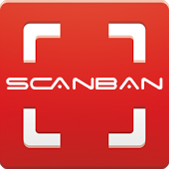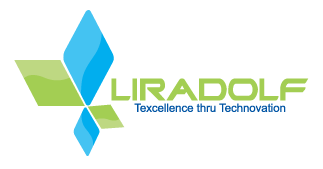ScanBan: Digital e-Kanban solutions for your Supply Chain
As per TPS, one of the biggest of the 7 types of Muda (waste) is Inventory.
Excess inventory leads to several problems in the manufacturing plant and it also camouflages chronic issues that would have otherwise surfaced in the absence of excessive inventory.
The best solution to have minimal inventory and operate on a JIT basis would be to introduce Kanban.
The legacy kanban cards have in the past been able to resolve most of JIT issues. However, with the advent of time, customers are getting more and more demanding. Product variants are ever increasing and one needs to have a flexible and agile system to adapt to customer’s rapidly changing choices in minimal time.
ScanBan is the AI enabled e-Kanban tool that solves this problem. It encompasses the virtues of the traditional kanban with the advantages of technology to bring in a simple, agile and flexible system to manage inventory. ScanBan analyses past performance and suggest the most optimal levels of inventory thus adapting itself quickly to sudden changes in customer requirements.
Advantages of a digital Kanban:
- Format: The most obvious difference between digital and physical kanban is the format. Physical kanban uses a physical card or signboard that is placed at the production site, while digital kanban uses electronic displays or software.
- Accessibility: Physical kanban cards can be harder to track and monitor, especially in large production facilities. Digital kanban boards, on the other hand, can be accessed remotely from anywhere, making it easier to track progress and manage inventory levels.
- Accuracy: Physical kanban cards can be prone to errors, such as cards getting misplaced, lost or damaged. Digital kanban systems can help minimize the chances of errors as data can be entered automatically through sensors or machines, eliminating human intervention.
- Flexibility: Physical kanban cards are often limited in their ability to store information, which can restrict the amount of data that can be communicated on them. Digital kanban boards, on the other hand, can store a vast amount of data and can be customized to fit the unique needs of the production system.
- Cost: Implementing a physical kanban system can be expensive, especially if the production facility is large. Digital kanban systems can be more cost-effective, as they often require fewer physical materials and can be implemented using software tools.
ScanBan is a unique tool that combines the benefits of a modern forecasting system along with the inherent advantages of a tradional kanban system.
Scanban integrates the kanban system, which is based on demand signals from customers, with a forecasting system that predicts future demand. The goal is to balance inventory levels to meet customer demand while avoiding overstocking or stockouts.
A Demand-Driven Material Requirements Planning (DDMRP) system is used to predict future demand and adjust the quantities in the system accordingly. For example, if the DDMRP system predicts an increase in demand, the kanban quantity can be increased accordingly to ensure sufficient inventory levels. Similarly when the DDMRP system detects a decrease in demand, the kanbans in the system as systematically withdrawn from the system. The real time adjustments ensures that excess inventory is prevented from getting accumulated.
A combination of DDMRP with ScanBan can provide a powerful solution for inventory management. DDMRP provides a more comprehensive view of inventory needs and demand signals, while Kanban provides a practical mechanism for implementing the replenishment plan.This can lead to improved customer satisfaction, reduced lead times, and lower inventory costs and, at the same time, meet customer demand on time.
Benefits of DDMRP integrated Kanban – ScanBan:
1. Increased responsiveness: DDMRP allows for more accurate and timely response to demand changes by adjusting buffer levels and triggering replenishment signals. Kanban further enables this responsiveness by triggering the production and delivery of items as needed.
2. Improved inventory optimization: DDMRP provides a framework for optimizing inventory levels based on demand variability and lead times. Kanban helps to implement this framework by ensuring that inventory is replenished in a timely and efficient manner.
3. Better communication and collaboration: DDMRP promotes better communication and collaboration across the entire supply chain. Kanban provides a simple and intuitive way to communicate inventory needs and trigger replenishment.
4. Reduced waste: DDMRP and Kanban both focus on reducing waste by minimizing excess inventory and improving flow through the supply chain.

